1916 was the first full season a new mode of transportation was allowed in the Park—the automobile.
The only way to see the Park prior to the introduction of the “horseless carriage” was via horsepower—on horseback, with a wagon, or by riding a stagecoach.
Yellowstone was the site of the last commercial stagecoach operation in the nation. (Also the scene of the nation’s last stagecoach holdup, too. The passengers thought it was a joke.) And it was the last region of the country to allow cars to enter, according to American West scholar, historian and author Elizabeth “Betsy” Watry.
Park managers held out because they feared the park’s dirt roads would be too narrow, steep and muddy for autos. And there were no gas station or repair shops yet to accommodate the motorists.
They also thought the tourists—known as “dudes” back in the day and through several generations of Park employees—preferred the stagecoaches for their old-time, “wild West” ambience. But the old West was already passing into legend and becoming mythologized as early as the 1900s, Watry said. And even as early as 1917 and 1918 the park was offering horseback tours of Yellowstone.
Early automobile clubs had been clamoring for park entrance as early as 1909, Watry said. Clubs were key in getting some early highways established on which to drive their new conveyances. There was no interstate highway system and now-popular historic routes such as the Lincoln Highway and the Yellowstone Trail were built essentially by volunteers.
Park managers announced in April of 1915 that cars would be allowed to enter on Aug. 1 of that year, estimating it would take that long into the season for the roads to be dried out and drivable.
Watry said a large factor in allowing cars in 1915 were two expositions going on in California that year: The Panama-Pacific International Exposition in San Francisco and the Panama-California Exposition in San Diego, both of which celebrated the opening of the Panama Canal. Media mogul William Randolph Hearst was offering a prize to motorists who drove cross-country to the exposition, Watry said. And Yellowstone was along the way.
Park visitation was up that year—almost 52,000 visitors—because of the exposition, according to Watry. In comparison, visitation in 1916 was 35,849.
According to an article Watry found in a then-current publication called “Automobile Journal,” in the first 10 days autos entered Yellowstone in 1915, 321 cars carrying 1,190 passengers entered the park, with most entering through the West Entrance (151) and the North (86). One car came in through the South Entrance and 83 through the East.
In an attempt to keep the roads safe for horses and autos, Park managers came up with a schedule for the 1915 end of season and the upcoming 1916 season to which autos would have to keep. For example, motorists entering through the North Entrance at Gardiner were required to enter the gate between 6 a.m. and 6:30. They were due at Norris, 27 or so miles to the south, between 8:30 a.m. and 9. There were fines for being late. But the system didn’t work in practice. Tourists lingered at sights. Cars broke down or got stuck.
“It was an absolute disaster,” Watry said.
Motorists were required to have spare tires and tools to enter the Park, and the entrance fees were, by the money of the day, steep. In 1916, a car entrance fee was $7.50. For comparison, a night’s accommodation and meals in a Wylie Way canvas wall tent was $3, Watry said.
In 1916 the Park offered a season pass for $10. The first one—numbered one—was sold to Sam Eagle, the owner of the Eagle’s Store, in West Yellowstone.
Cars were allowed in for the entirety of the 1916 season, but only private cars. Mass transportation was still under the control of the stagecoach companies, Watry said. The combination of cars and stagecoaches on the same narrow roads proved dangerous. The noise and backfiring of the internal combustion engine—a new sound on the landscape—spooked the horses. There were several bad stagecoach wrecks attributable to autos along with some serious injuries, Watry said.
The park managers decided to do away with the stagecoaches and switch to small buses known at the time as touring cars for the 1917 season. The stagecoach was now a part of Yellowstone’s history, and Yellowstone would soon reach another milestone—that of having the world’s largest privately owned bus transportation system.
—
Elizabeth “Betsy” Watry is researcher, author, speaker and scholar specializing in 19th century and early 20th century cultural history of the American West. Her primary research interests are early exploration, transportation, tourism, and women’s history.
Watry is the author of several Yellowstone-themed books including Women In Wonderland: Lives, Legends and Legacies of Yellowstone National Park, published by Riverbend Publishing in 2012. The book won a WILLA award in scholarly nonfiction in 2013. The WILLA award is named for author Willa Cather and honors “outstanding literature featuring women’s stories set in the West,” its website states. She holds a master’s degree in history from Montana State University in Bozeman and is currently employed as the curator for the Museum of the Mountain Man in Pinedale, Wyoming
 Yellowstone Insider Your Complete Guide to America's First National Park
Yellowstone Insider Your Complete Guide to America's First National Park
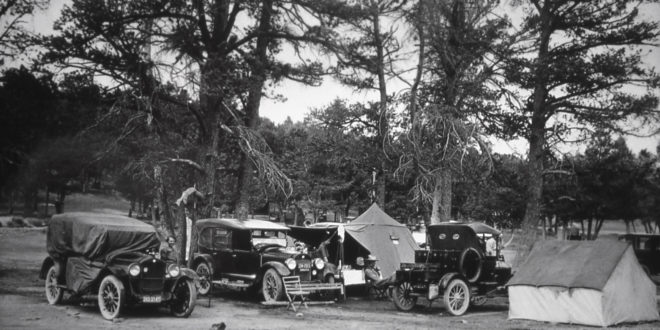
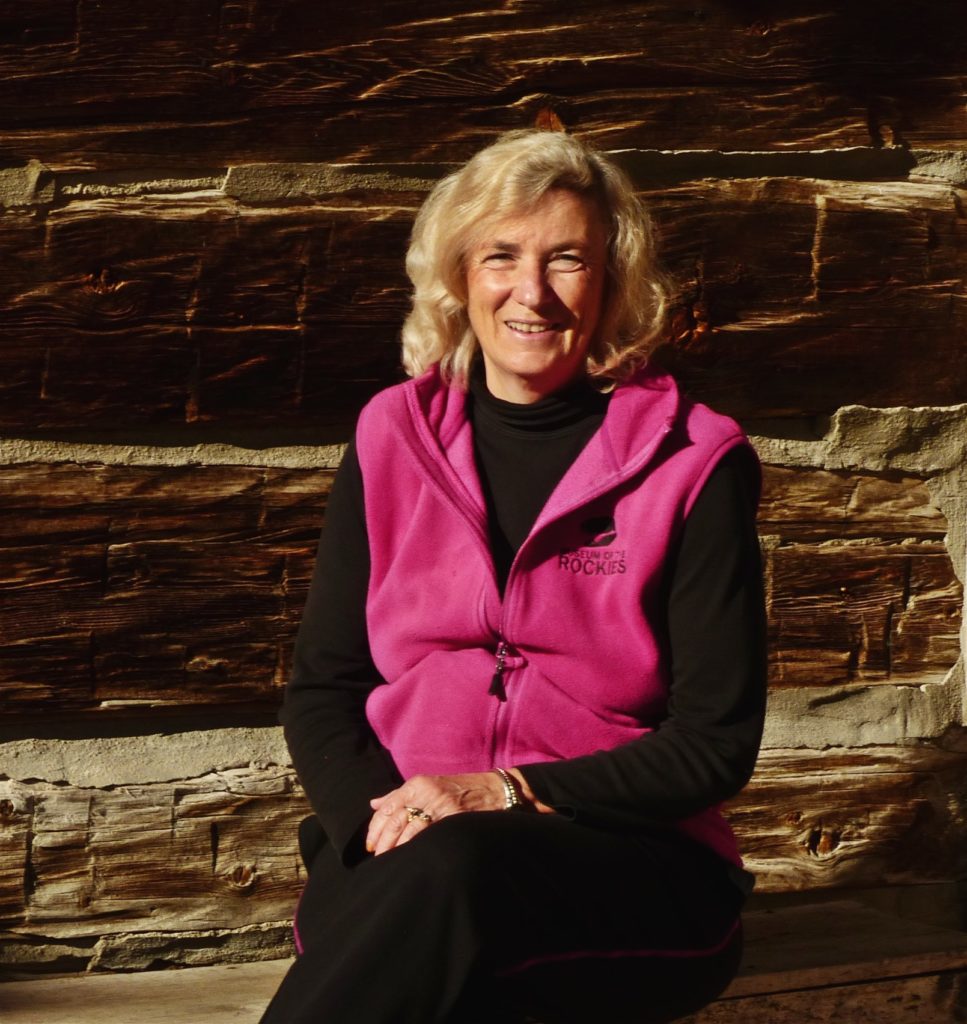
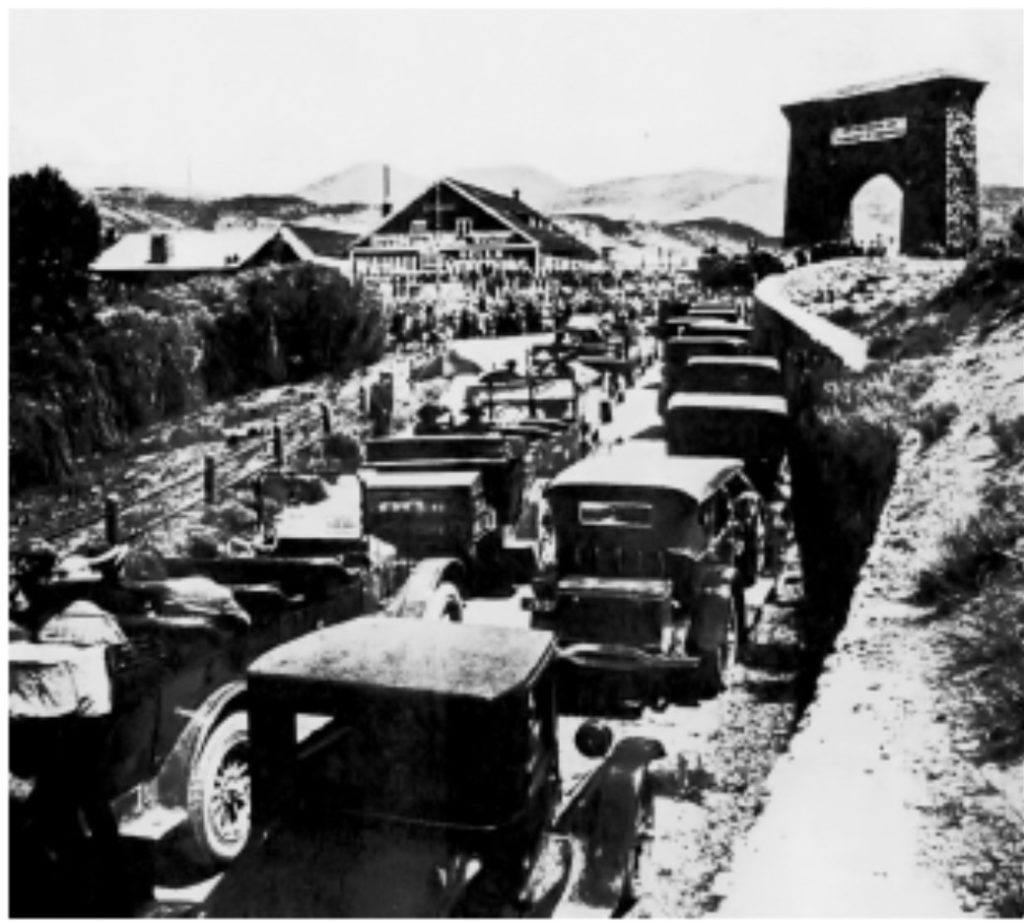
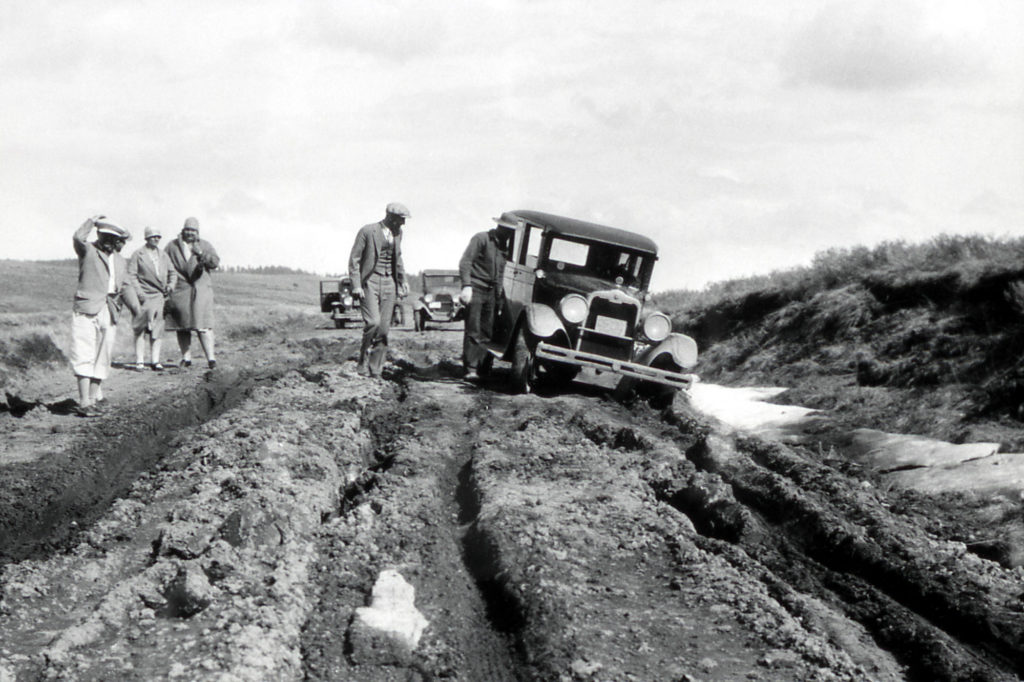

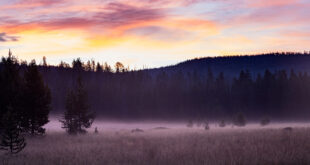
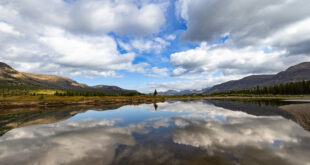
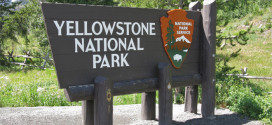
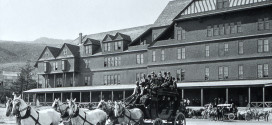
You must be logged in to post a comment.